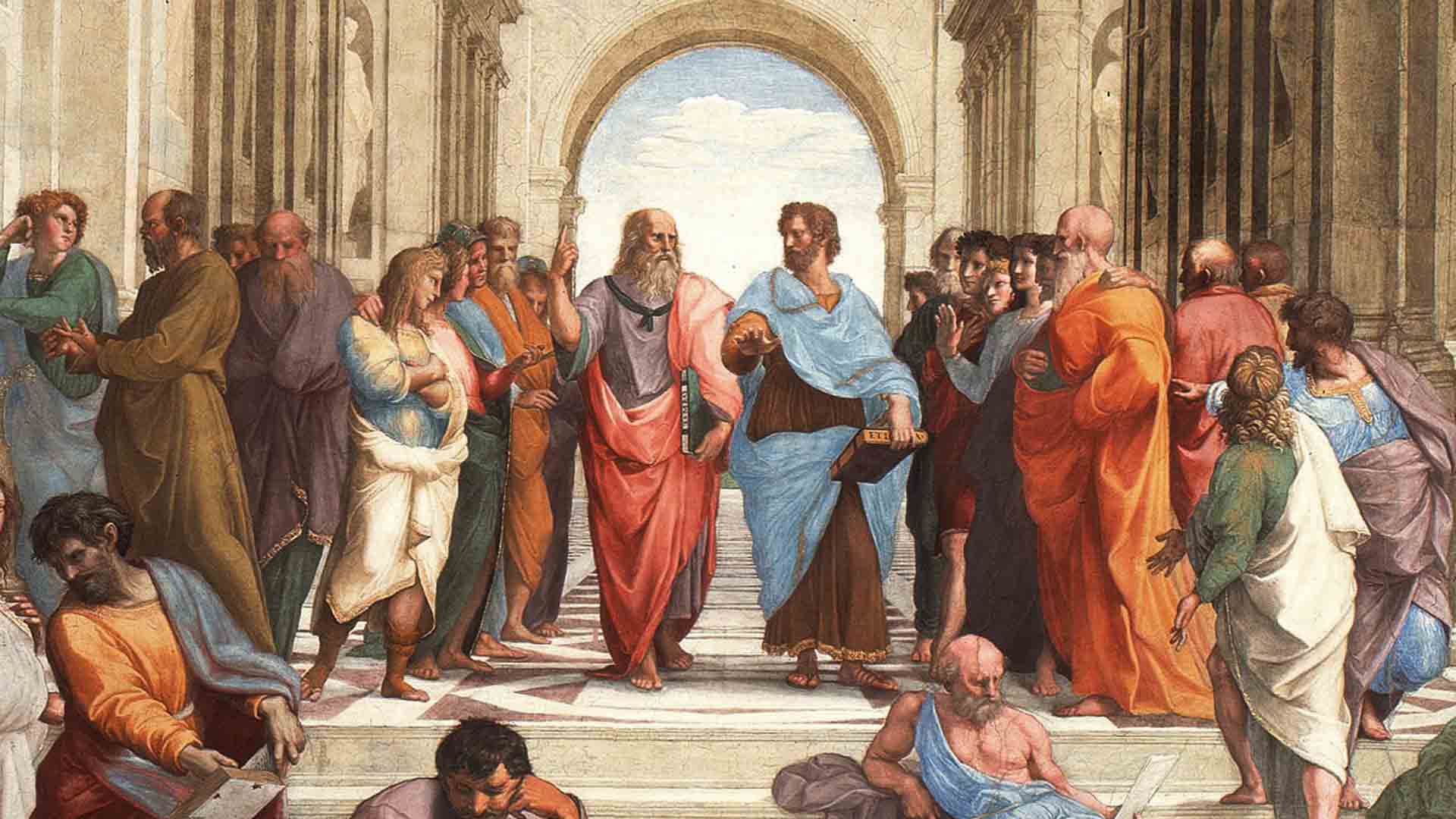
This is a broad exploration of visual art forms and their cultural connections in western culture (for now) to help develop an appreciation for art using a collection of resources to tell a visual story. See highlights of each movement and learn about the emergence of new forms and major factors contributing to changes in art from prehistory to the present. *Art is presented within historical contexts; maturity is required!
Art...the use of the imagination to express ideas or feelings, particularly in painting, drawing or sculpture...— Oxford Dictionary
Art...the making of objects, images, music, etc. that are beautiful or that express feelings ...— Cambridge Dictionary
Art, also called (to distinguish it from other art forms) visual art, a visual object or experience consciously created through an expression of skill or imagination... The various visual arts exist within a continuum that ranges from purely aesthetic purposes at one end to purely utilitarian purposes at the other. Such a polarity of purpose is reflected in the commonly used terms artist and artisan, the latter understood as one who gives considerable attention to the utilitarian. This should by no means be taken as a rigid scheme ...— Encyclopedia Britannica
...artworks are characterized by their possession of, respectively, representational, expressive, and formal properties ...— Encyclopedia of Philosophy
This anthology collects modern classics as well as new contributions on essential topics such as the identification and ontology of art, interpretation, values of art, art and knowledge, and fiction and the imagination. ...— Aesthetics and the Philosophy of Art: The Analytic Tradition, An Anthology
Art is a diverse range of human activity, and resulting product, that involves creative or imaginative talent expressive of technical proficiency, beauty, emotional power, or conceptual ideas ...— Wikipedia
Art 1 :skill acquired by experience, study, or observation.
4 a :the conscious use of skill and creative imagination
especially in the production of aesthetic objects.
5 b :the quality or state of being artful.
...—
Mariam-Webster Dictionary
(Above) Using three artworks from the Art Institute's collection, this video unpacks a central theme and uses innovative visual storytelling to highlight the choices artists made to shape form and meaning in their works.
Let's continue to learn more about how Gustave Caillebotte shaped what you see in his 1877 painting Paris Street; Rainy Day.
This complex intersection, just minutes away from the Saint-Lazare train station, represents in microcosm the changing urban milieu of late nineteenth-century Paris.
Caillebotte strikingly captured a vast, stark modernity, complete with life-size figures strolling in the foreground and wearing the latest fashions. The painting’s highly crafted surface, rigorous perspective, and grand scale pleased Parisian audiences accustomed to the academic aesthetic of the official Salon. On the other hand, its asymmetrical composition, unusually cropped forms, rain-washed mood, and candidly contemporary subject stimulated a more radical sensibility. —Art Institute of Chicago 19th Century Art

Philosophy of Art, the study of the nature of art, including concepts such as interpretation, representation and expression, and form is closely related to aesthetics, the philosophical study of beauty and taste. ...— Britannica
The task of the philosopher of art is not to
heighten understanding and appreciation of works of art
but to provide conceptual foundations for the critic by:
(1) examining the basic concepts that underlie
the activities of critics and enable them to speak and write
more intelligibly about the arts and by
(2) arriving at true conclusions about art, aesthetic value, expression,
and the other concepts that critics employ.
...—
Britannica
What factors
should guide efforts at interpretation?
Two extreme Views:
Isolationism:
A knowledge of the artist’s biography,
historical background, and other factors is "irrelevant"
to an appreciation of the work of art.
Contextualism:
holds that the work of art
should always be apprehended in its context or setting
and that not merely knowledge about it but total appreciation
is much richer when approached with context
...—
Britannica

Artists should be spoken of as "representing" in their work the persons and things and scenes of the world but as imitating the work of other artists. Representation always involves a certain degree of abstraction—that is, the taking away of one characteristic or more of the original. (I.e. a real person with three dimensions compared to a two-dimesional photo of the same real person.) See: Analysis of Representation, Subject matter, Symbols in art, Meaning, con't... Britannica
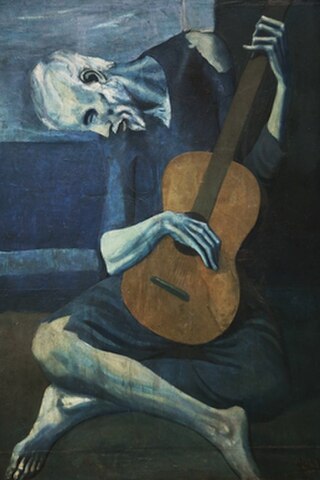
...Instead of reflecting states of the external world,
art is held to reflect the inner state of the artist...
the outer manifestation of an inner state.
Expression in the Creation of Art
is the bringing about of a new combination
of elements in the medium.
Some say that is (or involves) self-expression;
others say that it is the expression of feeling,
con't...
Britannica
The Expressive Product ...attributing to works of art qualities of human moods, feelings, emotions—in short, “affects.” I.e., a curved line, is graceful or sprightly; etc.
Formalists believe that the true purpose of art... is to be enjoyed, to be savoured, for the perception of the intricate arrangements of lines and colours, etc. ...for their own sake. and have a beauty all their own and need stand for nothing outside themselves to satisfy the eye. con't... Britannica

Aesthetics (also spelled esthetics) is the philosophical study of beauty and taste. It is closely related to the philosophy of art, which is concerned with the nature of art and the concepts in terms of which individual works of art are interpreted and evaluated. To provide more than a general definition of the subject matter of aesthetics is immensely difficult. Indeed, it could be said that self-definition has been the major task of modern aesthetics. We are acquainted with an interesting and puzzling realm of experience: the realm of the beautiful, the ugly, the sublime, and the elegant; of taste, criticism, and fine art; and of contemplation, sensuous enjoyment, and charm. Con't... Britannica
Philosophy
Essentialism, Functionalism, Institutional Theories, Historical Definitions, Anti-Essentialism, and Pluralism
Smarthistory
Dr. Beth Harris and Dr. Steven Zucker
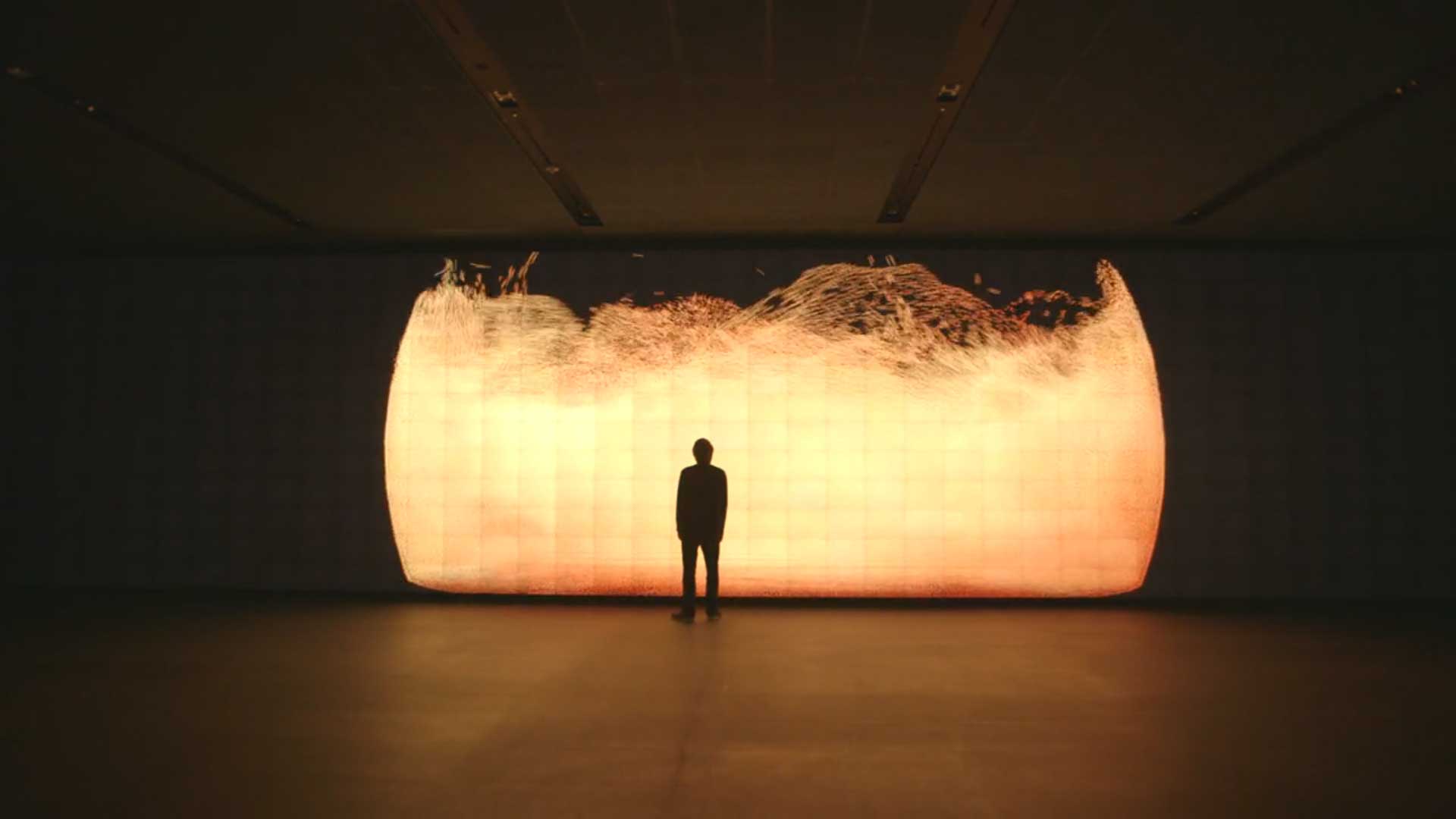
Art Criticism is the analysis and evaluation of works of art. More subtly, art criticism is often tied to theory; it is interpretive, involving the effort to understand a particular work of art from a theoretical perspective and to establish its significance in the history of art. Con't... Britannica
Why does a work of art look the way it does? Who made it and why? What does it mean? These questions and others like them lie at the heart of art historical inquiry. Art historians use various types of analysis to provide answers. These have varied over time and continue to evolve. Con't... Khan Academy Art Analysis
the context of art; the historical, religious, or environmental information that surrounds the work helps in understanding its meaning; content, message or narrative expressed by the subject matter.
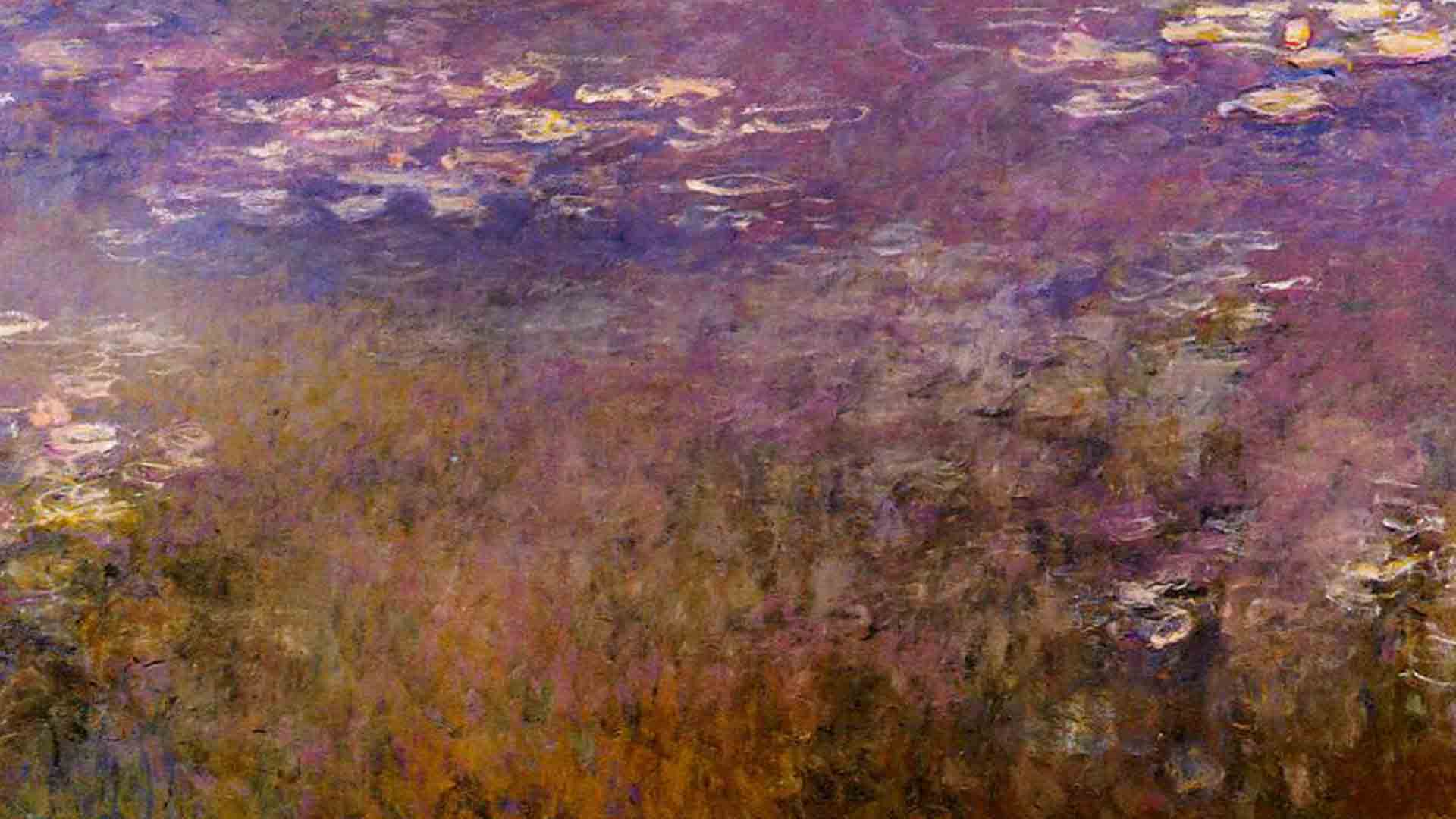
Religious Rituals & Celebrations
History, Celebration and Storytelling
Expressions of Emotion
Beauty
Truth
Although timelines are refered to, this course is not an art history course. It is a broad exploration of visual art forms and their cultural connections to help develop a deeper understanding and appreciation for art. We reference universally acclaimed art as well as work from emerging contemporary artists.
*Art is subjective and meanings overlap depending on the viewer’s knowledge and experience in art and history. **Sensitive Imagery: viewer maturity and objectivity are required.
There is a question that has been tossed around by philosophers and art critics for decades: how much should an artist's intention affect your interpretation of the work? Do the artist’s plans and motivations affect its meaning? Or is it completely up to the judgment of the viewer? Hayley Levitt explores the complex web of artistic interpretation.
When looking at these creative works, think about the creator's intent. Is the work a result of objectively recording history, a ceremony, a tribute or celebration? Is the work illustrating a religious story? Is it depicting an ideal? Does it rewrite history? Is it propaganda? Does it have to represent anything? Whatever the meanings are, or the intent, it is the great gift of artists, who have the ability to tell powerful stories about extraordinary people and historic events.
Let us begin with some "Meanings of Art:
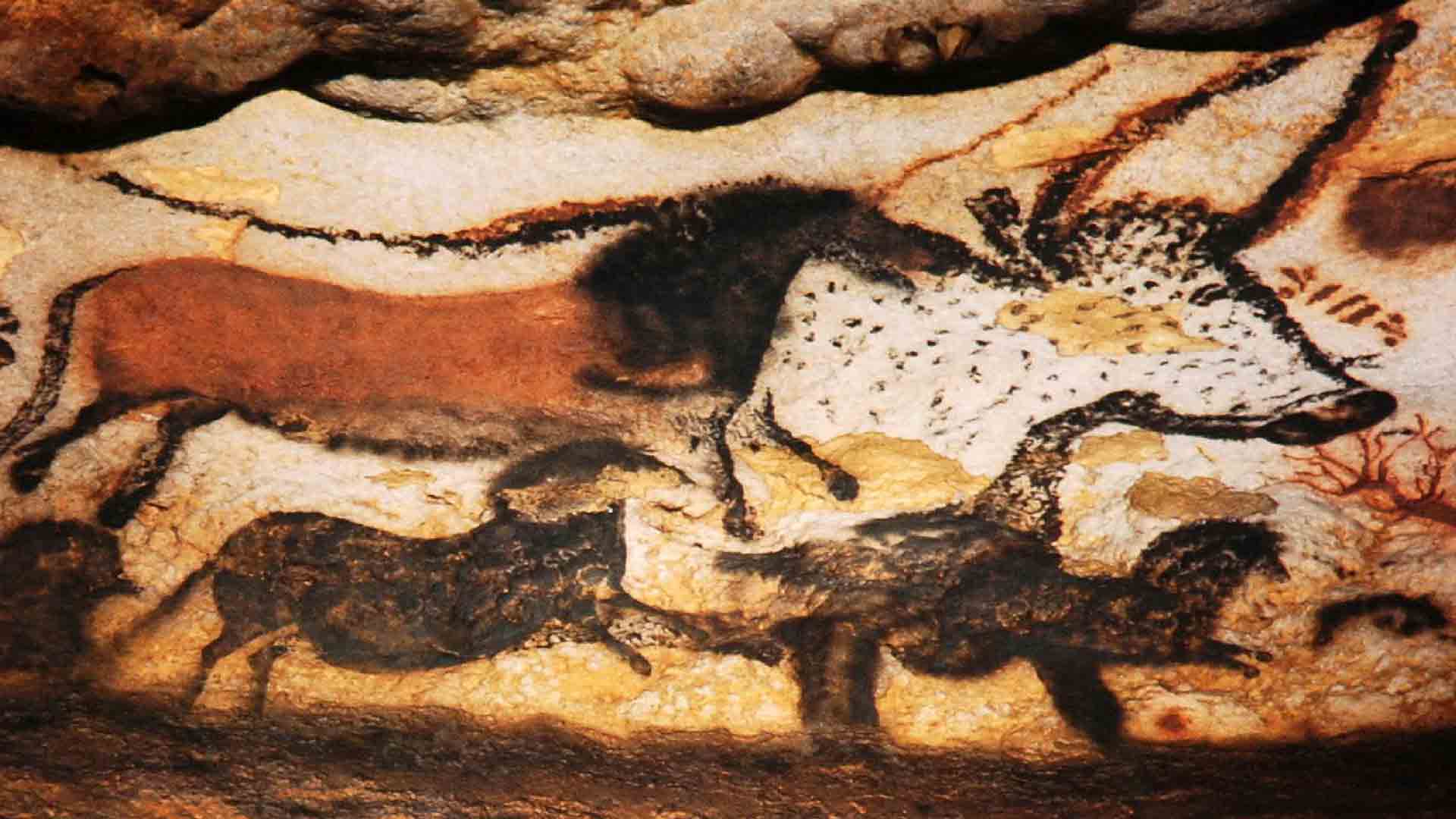
From the prehistoric cave paintings created as early as 325 million years ago to the Sistine Chapel and beyond, art has served religion. For centuries, religious leaders were the primary patrons of artists. Even in traditional societies today, the primary purpose of art is religious or ceremonial in nature. Ceiling detail(s)* caves of Lascaux, southwestern France, c. 17,000 years ago during the Paleolithic Period. Full details are discussed in the Prehistoric and Ancient Art period.
Next, in the video below, learn:
"The Five Major World Religions"
These existential questions are central to the five major world religions — and that's not all that connects these faiths. In the video The Five Major World Religions above, you have explored the intertwined histories and cultures of the major religions: Hinduism, Judaism, Buddhism, Christianity and Islam. —TED-Ed See the Full Lesson.
Next, after the video lesson below, you will learn: "A Brief History of Religion in Art" and when you see the two following internationally famous religious examples, you will hopefully have a new, more in-depth perspective!
Before we began putting art into museums, art mostly served as the visual counterpart to religious stories. Are these theological paintings, sculptures, textiles and illuminations from centuries ago still relevant to us? Jeremiah Dickey describes the evolution of art in the public eye and explains how the modern viewer can see the history of art as an ongoing global conversation. —TED Ed
Unit: Tools for understanding religion in art —Khan Academy
Next, learn about "Meanings of Art: —Religious Rituals & Celebrations" and be re-introduced to two famous religious painting examples by Michelangelo and Leonardo da Vinci. The works of art are presented within their historical contexts and veiwer maturity is required!
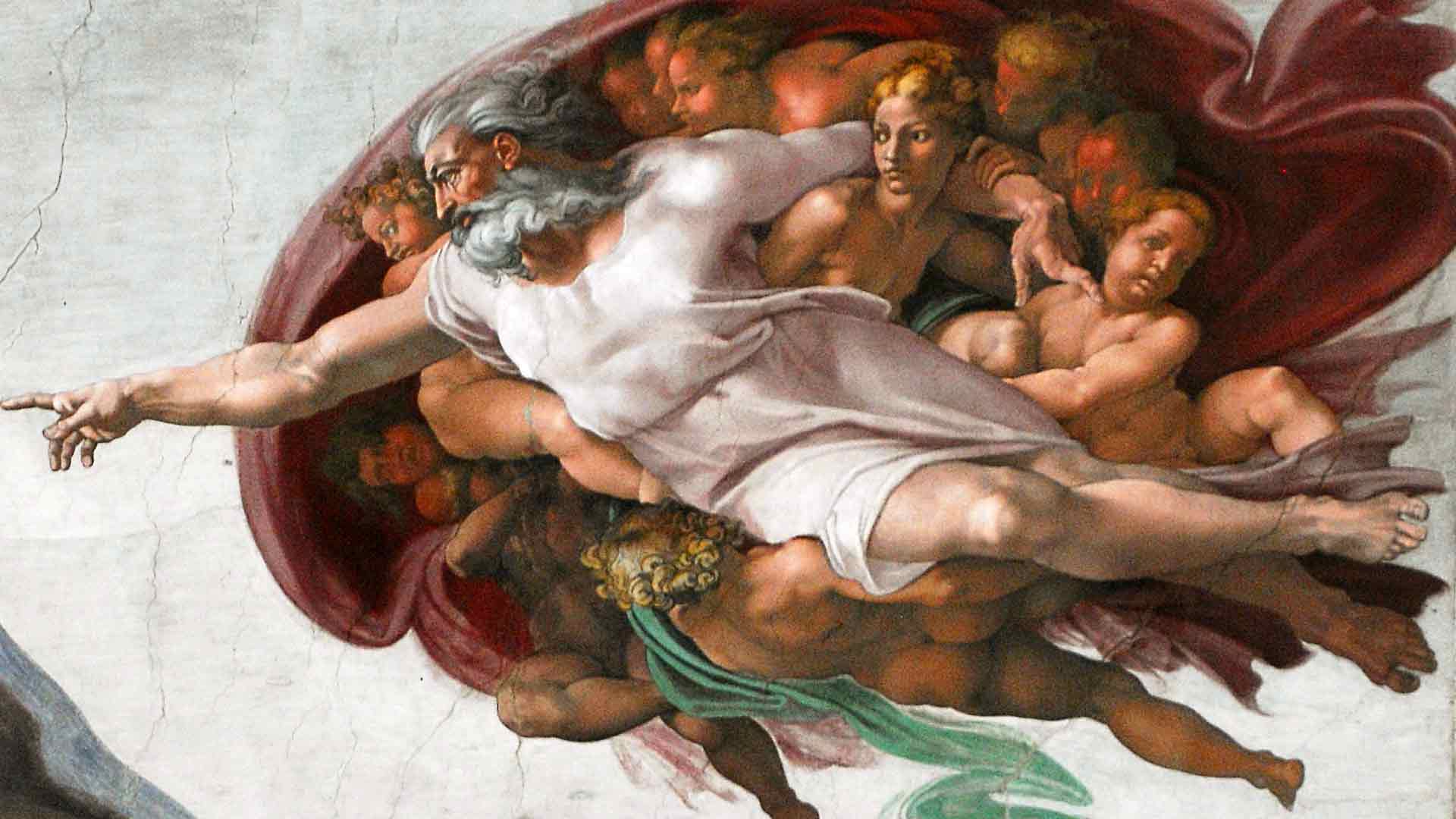
The Sistine Chapel Ceiling fresco detail(s)* by Michelangelo, c.1508-12, at the Vatican Museums in Rome, Italy. Full details about the artist, this painting, social commentary, and more are discussed in the Renaissance period of art history and fresco painting. *(Hover/Tap image to see the full ceiling.) See another famous religious example by Leonardo da Vinci, "The Last Supper":
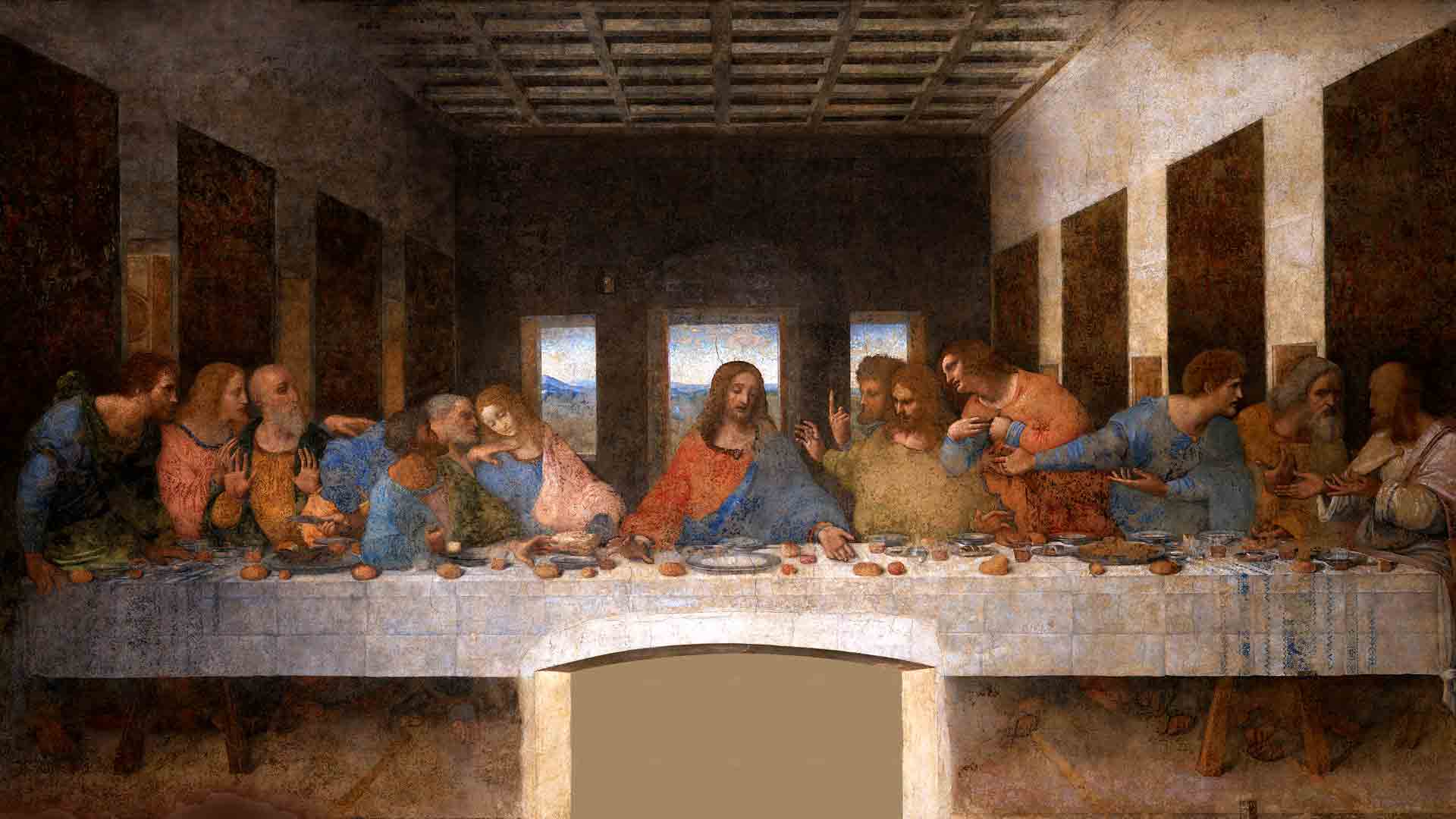
The Last Supper oil, tempera, fresco, painting, c.1495-98, by Leonardo da Vinci, located at the Santa Maria delle Grazie, Milan, Italy. This illustrates Christ’s final meal showing his apostles reaction after he performs the sacrament of the Eucharist; (transforming bread and wine into his body and blood) and announces he will be betrayed. Full details about the artist, this painting, social commentary, and more are discussed in the Renaissance period of art history. Next, learn about another "Meaning of Art —History, Celebration, and Storytelling" and three famous military history paintings beginning with "Washington Crossing the Delaware".
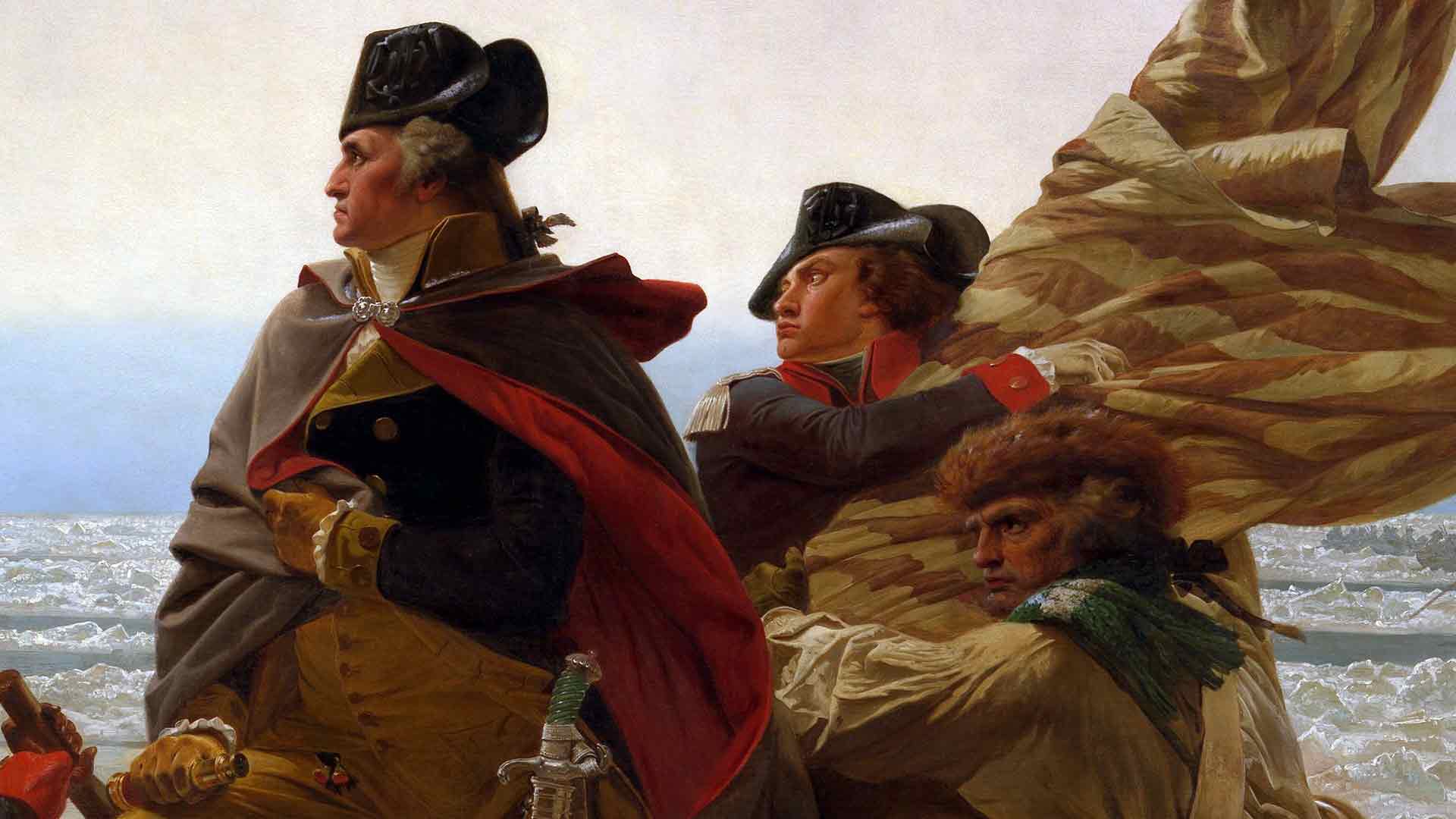
Whatever the meanings are, it is the great gift of artists, who have the ability to tell powerful stories about extraordinary people and historic events. Examples of three internationally famous military history paintings are briefly introduced here but discussed in detail in their peroids in history. The image detail(s)* above is:
Washington Crossing the Delaware , oil on canvas, 1851, by Emanuel Leutze, Metropolitan Museum, New York. This artwork glorifies General Washington, the Colonial-American cause and commemorated the military action of a critical turning point in the American Revolutionary War on December 25th, 1776. Full details of the artist, this painting, and more are discussed in 19th Century art history during the movement called "Romanticism". *(Hover/Tap image to see more.) See the next famous (and older) military history example: "Napoleon Crossing the Alps"
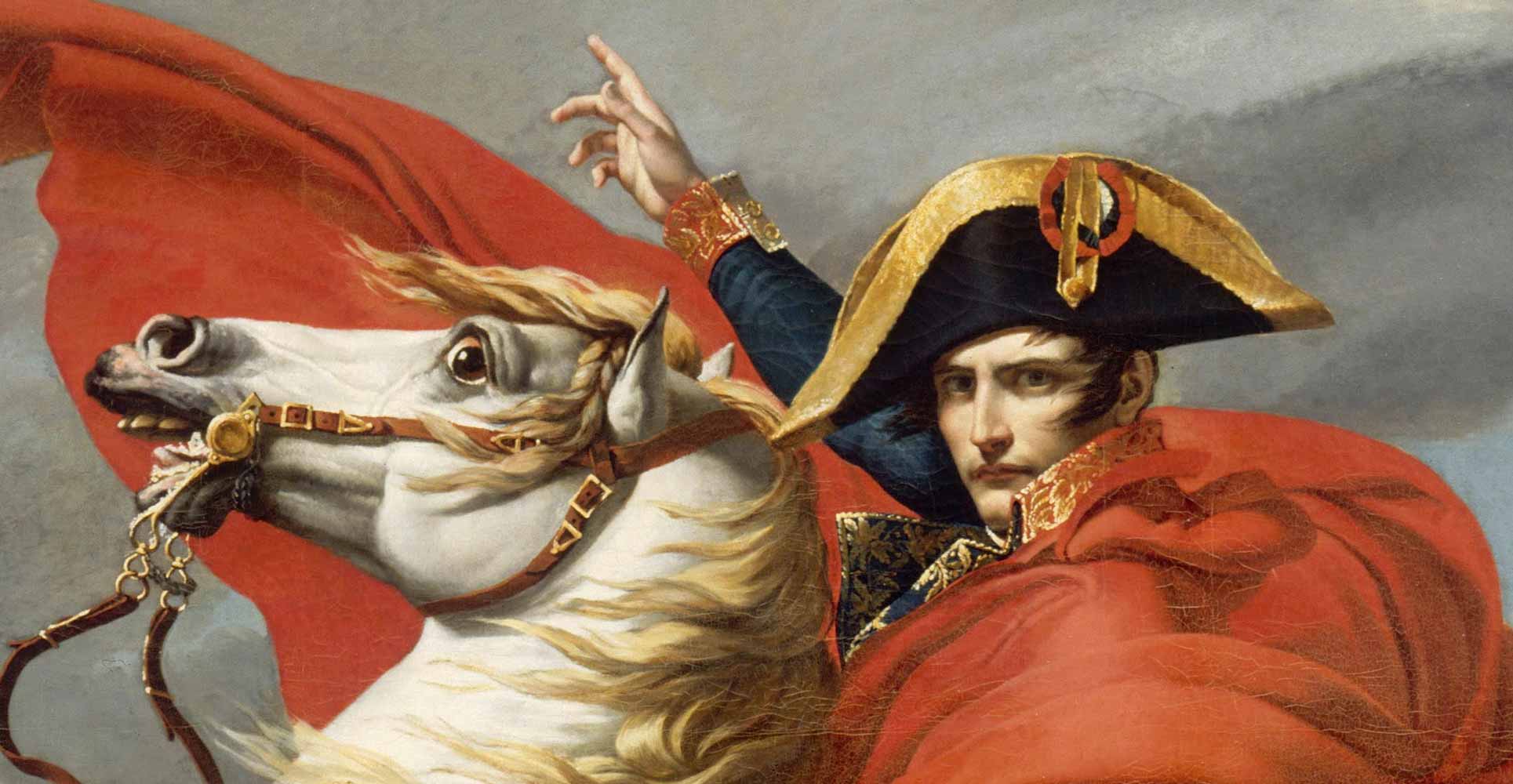
Napoleon Crossing the Alps oil on canvas detail, 1800, by Jacque-Louis David, at the Belvedere Museum. This painting depicts the future Emperor of France, Napoleon Bonaparte, to be “calm on a fiery horse” as he points to the future and leads his troops over the Alps to defeat the Austrians at the Battle of Marengo. Full details about the artist, this painting, social commentary, and more are discussed in 19th Century art history during the movement called "Neoclassicism". Next, see the famous (and even older) military history example: "Queen Elizabeth I, The Armada Portrait"
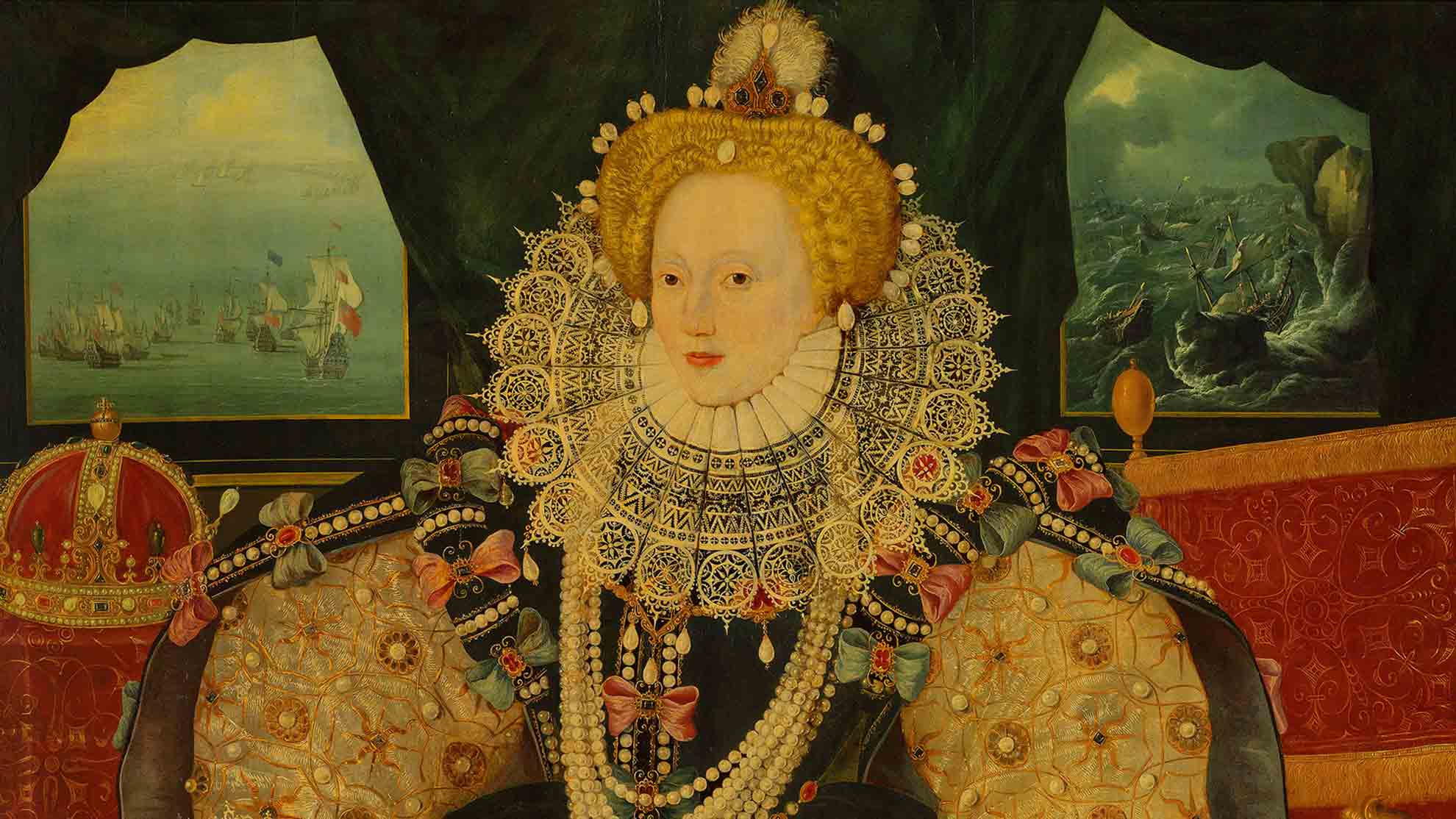
Queen Elizabeth I, The Armada Portrait oil on panel detail, c.1588, by George Gower, Woburn Abbey, UK. This work commemorates the great sea battle of 1588 when the English fleet defeated the invading Spanish Armada sent to overthrow Elizabeth. The view of the battle in the two windows behind the Queen convey messages of Elizabeth’s victory. Full details about the artist and painting are discussed in the Renaissance period in art history during the movement called the "English Renaissance". Let's move on to another "Meaning of Art: —Expressions of Emotion" Apollo and Daphne next:
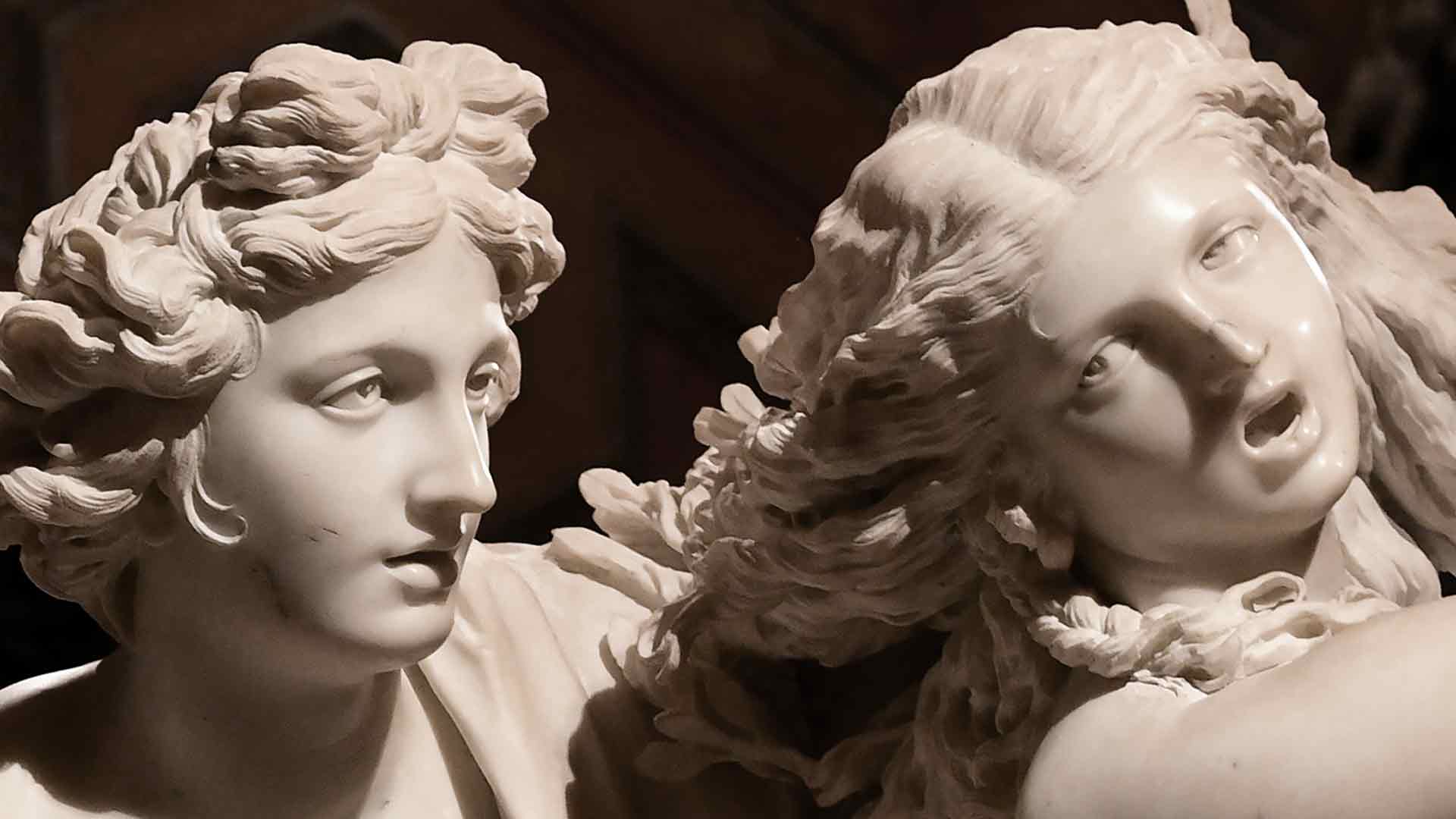
The expressive power of art can be seen in literal ways in the capturing of facial expression and body language. This is accomplished variously by use of dramatic or exaggerated color, light, form, and/or other elements. The works of art are presented within their historical contexts and veiwer maturity is required.
Apollo and Daphne marble scupture detail(s)*, c.1622-25, by Gian Lorenzo Bernini, Galleria Borghese, Rome, Italy. Full details about the artist, this sculpture, social commentary, and more are discussed in "Elements of Art: Form" and in the 17th Century Baroque Period Sculpture in art history. *(Hover/Tap image to see more.) Next is another "Meaning of Art: —Beauty" and The Birth of Venus:
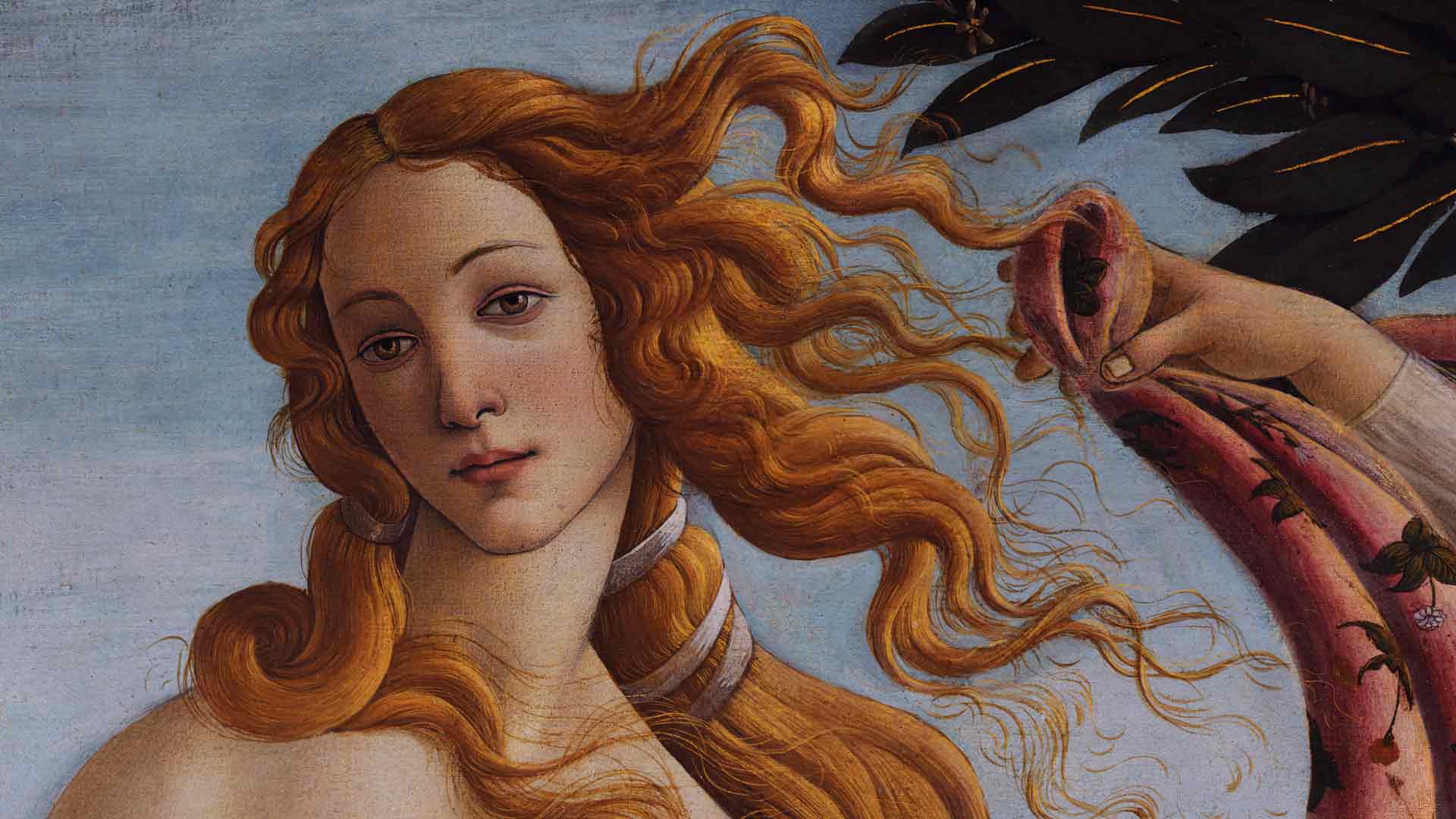
Like truth, beauty has been challenged in the modern era. At one time, the artist was expected to portray perfection— lofty and noble ideals of beauty. Yet as society became more industrialized and democratic, many people began to broaden their notions of beauty and began to understand it as subjective—"a cultural construct that varies across time and space. —Smarthistory
The Birth of Venus Detail(s)*, tempera on canvas, 1484–86, by Sandro Botticelli, Uffizi Gallery, Florence, Italy. Full details about the artist, this painting, and social commentary are discussed in the Renaissance period in art history. *(Hover/Tap image to see more.) Let's move on to more "Meanings of Art: —Truth" and the School of Athens next:
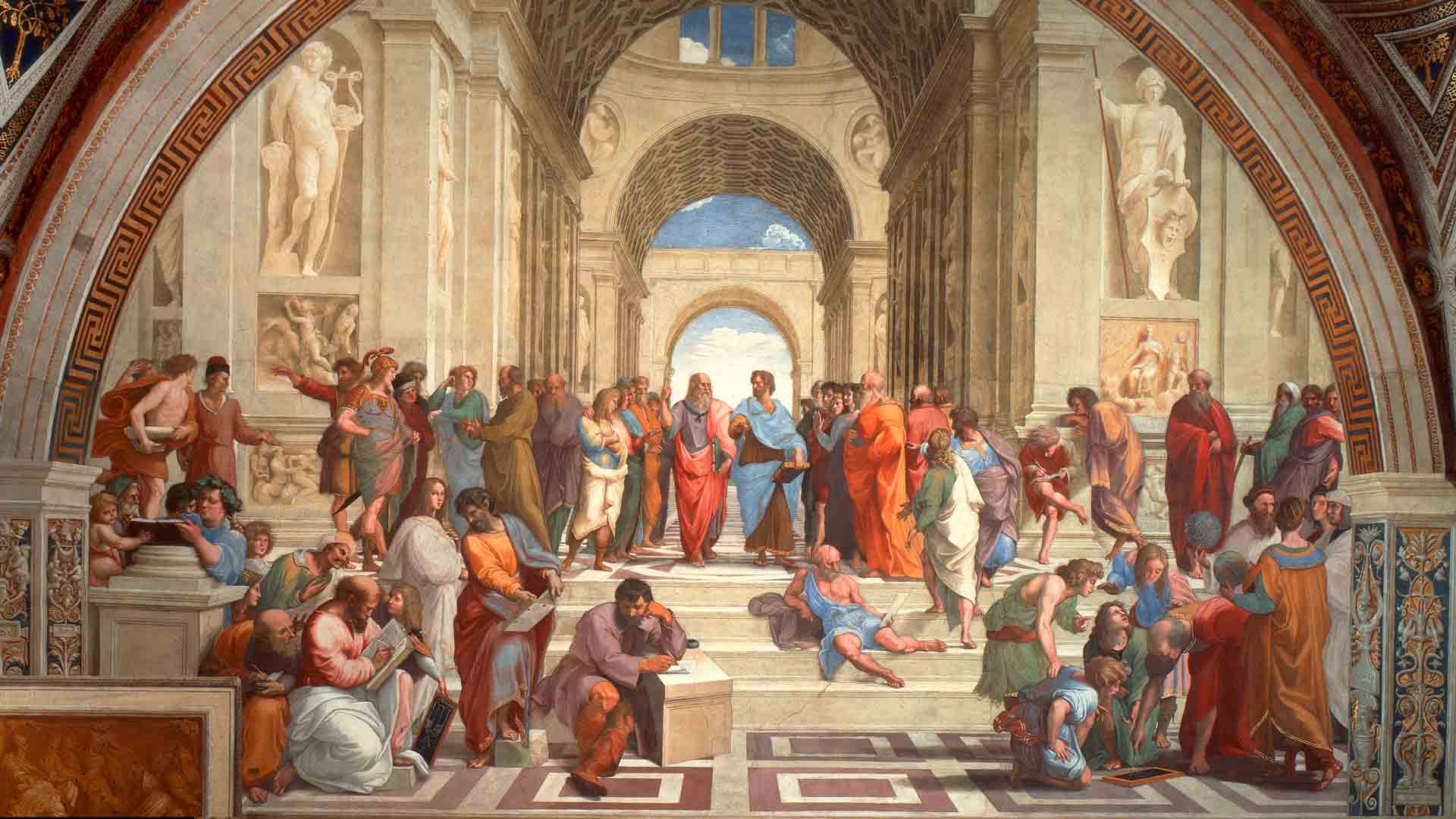
Telling the "truth" about what we see is another meaning of art. During the Renaissance, artists became preoccupied with new ways of capturing reality such as the use of linear perspective, and the realism possible through the use of painting techniques.
A great example of this technique is the "School of Athens" by Raphael (above and below) both discussed in detail in The Renaissance period in art history.
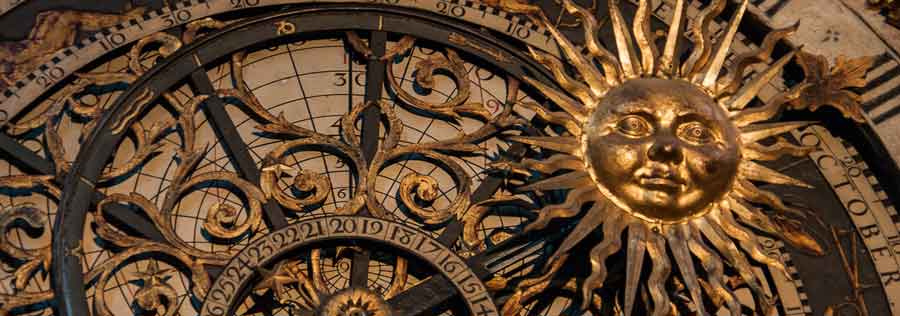
Below, is a small sample of
information links
coordinated with
video playlists.
Each link and video thumbnail takes you to the category on the Resource page.
Once there, activate the links.
Resources
Creative Commons Public Domain
0 1.0 Universal 0 1.0) License
Metropolitan Museum Time-line of Art History
Google Arts & Culture
Google Art 360° Street Views
Virtual Stockholm 360° Tours
Khan Academy Art Analysis
Empire of the Eye: The Magic of Illusion
National Gallery of Art
ARC Art Renewal Center
ArtStor Image Consortium
Foundation for Critical Thinking
Aesthetics and the Philosophy of Art:
The Analytic Tradition, An Anthology
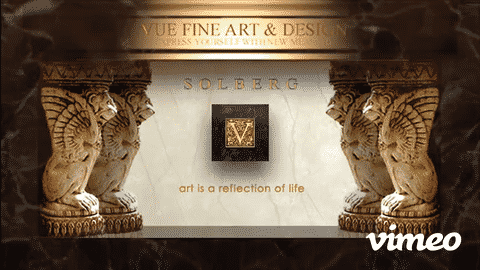
Art Appreciation is brought to you
by
Vue Fine Art & Design
a social network of art, design, and resources accessed
by life-long learners worldwide.
My name is Shelly Solberg and art and design are a reflection of my life. I started designing this site from scratch in 2001 to promote fine art, design, and education. I started teaching in 2002 and it became an instructional tool in my classroom. Art Appreciation and other course sites are a constant work in progress.
News Timeline Next